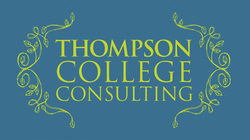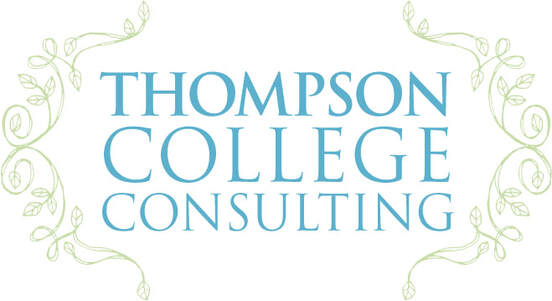|
Is Early Decision right for you?
This past year, acceptance rates at the top colleges, went down AGAIN… How is that possible? Are there more applicants? Are students applying to more schools? Do we have more students applying from other countries? Yes, yes and yes. But there is another reason that acceptance rates are dropping. Colleges are accepting a larger percentage of students in the early rounds, especially early decision. When a college accepts a student in early decision, that student is committed to attending the school (unless the financial aid award is lacking). Many schools accept an enormous percentage of their class - sometimes 40, 50 or even 60% - in early decision. Which leaves fewer slots available for regular decision. But more kids apply during regular decision. More applicants for fewer spaces equals a lower acceptance rate. Which makes the college look better in the rankings, like the ones put out by U.S. News and World Reports. To give you a few examples, Claremont McKenna College filled 68% of its class in Early Decision last year. Claremont McKenna is one of the very popular Claremont schools in Pomona, California and many Seattle students are interested in it. CMC had a 32% acceptance rate for Early Decision and only 7% acceptance rate for Regular Decision. Clearly, the students who applied early had a huge edge. To drill down a little more, Claremont McKenna had a total of 6342 applicants but only 687 of those applied ED. So, CMC filled 68% of its class from just over 10% of its applicants. Vanderbilt filled 55% of their class in Early Decision, with a 24% acceptance rate ED and only 9% Regular Decision. That means that the ED applicants are 2.6 times more likely to be accepted. And here again, the ED pool was much smaller. Vanderbilt had a total of 32,442 applicants but only 3,702 applied ED. Vanderbilt filled 55% of its class from 11% of its applicants. One of the most extreme examples is Washington University in St. Louis which had a total of 29,197 applicants but only 1,661 who applied ED. Wash. U. filled 38% of its class from 5% of its applicants! Those numbers will change this coming year as Wash. U. has added an ED2 option so they will have more overall ED applicants. But it shows how helpful it can be to apply ED. What does all of this mean for you? Every student should have a mix of Likely, Match, Reach and possibly Wild Card schools on their list. I categorize any school with an RD acceptance rate of 30% or lower as a Wild Card for everyone. It is just too hard to predict which students will be accepted. The Likely and Match schools are the ones that are most likely to give you big merit scholarships. These can be great schools for you and you can often apply Early Action to these schools, meaning that you will apply in November and hear back in December but you don’t need to give them an answer until May 1. But if you have your heart set on getting into a Reach or Wild Card school, you should seriously consider applying ED. You can run the school’s Net Price Calculator to get a ballpark idea of how much it will cost. Many families are cost-conscious and are afraid of Early Decision because they can’t compare offers across the board. But with changes to the financial aid process families are now able to get a more accurate idea of how much a school will cost prior to applying. And schools will often give their best aid to students who apply early. This is a change from the past. In the early pool, colleges have the most financial aid money available. Later applicants may not get as strong of an aid award as the money runs out. If you qualify for a lot of need-based aid then you should definitely consider applying ED. Now comes the hard part. Which school should you choose for ED? You want to find the sweet spot. A school which fits your criteria and accepts a high percentage of ED kids. It’s tricky - some families want their student to aim super high but if you overshoot, you might end up missing out completely. The ideal ED school is one where your stats are solidly in the school’s range. One of the most frustrating parts of my job is seeing how many highly qualified kids with 3.9+ GPA’s and perfect or near perfect test scores get rejected from the top schools. And every year it gets worse. But you can increase your odds at highly selective schools by carefully choosing an ED school. As a bonus, if you get accepted, you will be completely done with your college applications while your friends are still slaving over essays. While you continue to research schools and refine your list, think about how you might incorporate an early decision strategy. Consider doing an overnight visit to your potential ED school in the fall, when students are back on campus. Check out this link for more data regarding specific schools and their ED acceptance rates: http://www.personalcollegeadmissions.com/early-decision-2017 Remember, colleges use ED to help themselves look better by improving their yield (percentage of students who accept their offers) and lowering their overall admissions rate. You can use it to your advantage as well! |
Author: Teri Thompson
Archives
May 2020
Categories |
|
(206) 459-8862
[email protected] Teri Thompson is a Certified Educational Planner and a member of the Higher Education Consultants Association. She subscribes to HECA standards of good practice and is an associate member of IECA and professional member of PNACAC. © 2021 Thompson College Consulting |

 RSS Feed
RSS Feed




